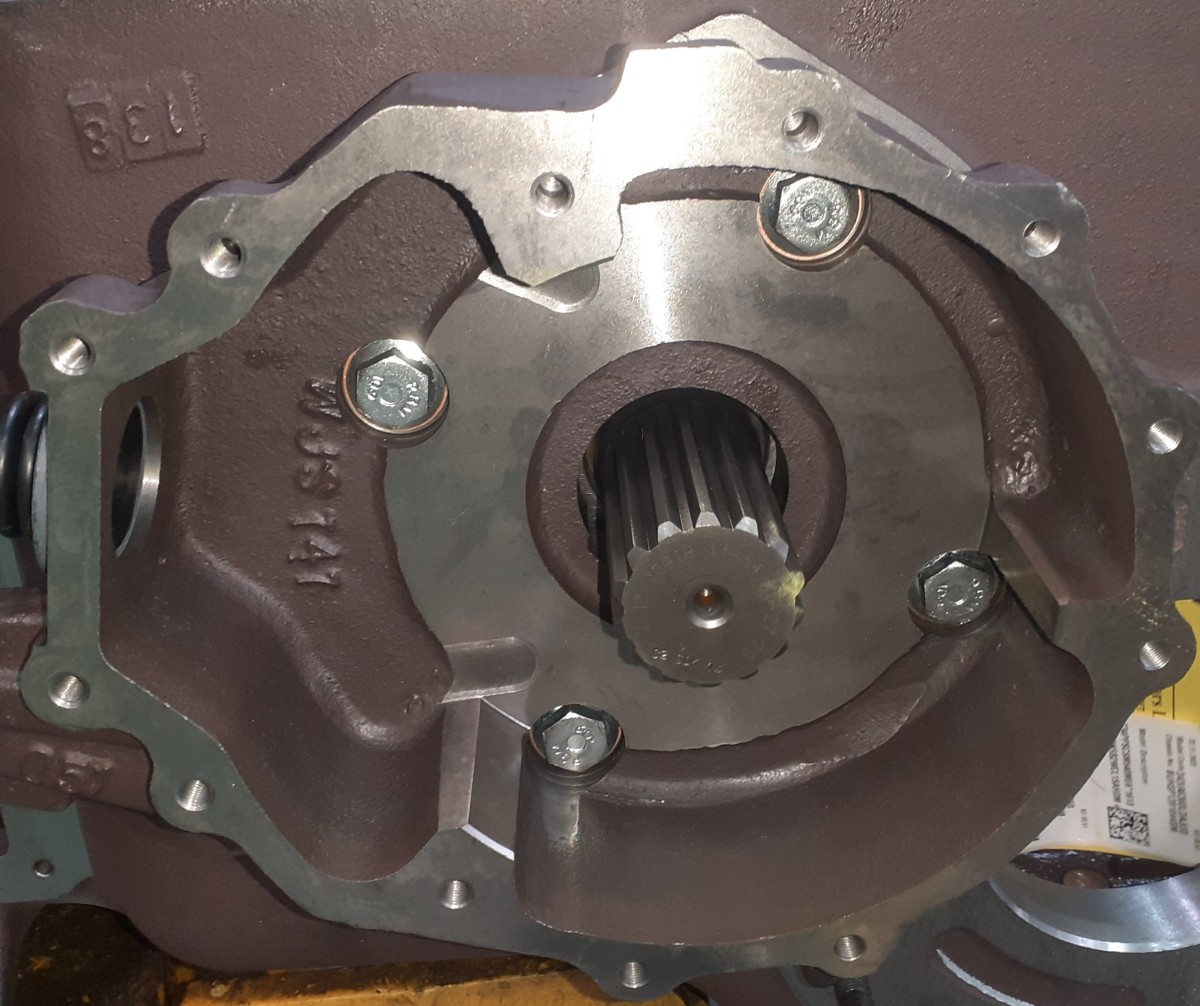How To Winterize Your Popup

How to Winterize Your Popup Camper
If you are done camping for the year and cold weather is closing in then it's time to winterize you camping trailer. This is the most commonly overlooked item with first time owners of popup camping trailers. There are a few things you'll need to do but the main objective is to make sure there isn't any water in the pipes that will freeze over the winter and cause leaks. With that said, if you live in a climate where the temperature doesn't go below zero, or you store your trailer inside where it won't go below freezing, then there isn't anything you need to do for this.
So there are two ways to make sure the water doesn't freeze in your plumbing. You can either get all of the water out or you can replace it with anti-freeze. It is very important that you use RV antifreeze meant for potable water because regular automotive anti-freeze is toxic!
This is my first winter with a popup that I own and the first time going through the process. I started off hoping to be able to blow out the lines and remove the water, so that I could avoid the anti-freeze. My thought was that we drink this water and it made me nervous as to what is in that anti-freeze. My problem was that I could only really fully blow out the lines for the city water. I hooked up my compressor and opened that faucet in the sink and blew air through the lines until no more water came out. However my popup has a holding tank for drinking water which leads to a pump. Because this pump was blocking the line I couldn't get it blown out. Also the drain plug in the holding tank isn't at the absolute bottom of the tank so I couldn't get all that water out either.
So I opted for and suggest the anti-freeze method. It was MUCH easier and quicker, and when I looked into it more most all people who need to winterize their popups opt for the anti-freeze method, which is the following:
1. Open the drain plug/spigot on the drinking water holding tank under the popup. Depending on how much water is left in the tank it might drain for a while or not at all. When water has stopped draining out, close the drain plug/spigot. Then pour at least a gallon of anti-freeze into your potable water holding tank.
2. Run the water from the storage tank into your sink until you see the pinkish color of the anti-freeze coming through.
You are now safe from freezing from your potable water.
3. To protect your city water line (the line you use when you camp at a site that offers water) you can do one of two things. You can either blow this line out (this one is pretty easy to blow out which is what I did) or pump anti-freeze in here. To blow it out, you'll need a compressor and an attachment (link in the amazon ads) which screws into the water inlet of your popup with an air fitting on the other side. Then just open the faucet to the city water at your sink and blow air through the new fitting until there is no water that sprays out. If you are going to go the anti-freeze method then you are going to need a pump. Remember that typically the water pressure for this line comes from the campsite. So pick up a small hand pump (link in the amazon ads on this page) and hook it up to the city water inlet. Then put the other end up the pump in a container of anti-freeze. Run the pump until you see the pink anti-freeze coming out into the sink.
You are now safe from freezing from the city water line.
4. You should also pour some anti-freeze down the drain of the sink until you see the pink fluid coming out the drain on the side of the popup.
You are not safe from freezing for the drain line.
And you are now safe from freezing water in your popup.
5. You battery will hold a charge for 30-45 days but will then be discharged and it will cause damage to sit uncharged, especially in the cold weather. Simply disconnect the battery terminals and bring the battery inside (most people store them in the basement). It should be hooked up to a battery minder and plugged in. This will keep the battery fully charged and just trickle charge throughout the winter to avoid damage. If the battery wasn't fully charged when you took it off the popup, then the battery minder will charge it up, and after that it will draw very will electricity, so no need to really worry about what the power bill will cost you.
The rest of what you need to do is basic cleaning and sealing from the elements and animals.
6. Make sure to wipe off any spilled anti-freeze as it will stain.
7. Clean the entire popup inside and out.
8. Cover any vents or other openings in the popup to keep out animals and insects.
9. Most manufactures suggest covering your popup. Check your manual for suggestions, but many dealers will sell you a cover that fits your model. I opted to just buy a big blue tarp and tie it into place.
10. The last step is to crank down you hitch level to the low point so that snow and rain will run off the cover as quickly as possible.
11. Now just find something to occupy your time until it's nice enough to go camping again! :)
Popup Winterizing Items
Helpful links
- How to Drain Sink Water from a Pop-Up Camper | HomeSteady
- Winterizing a Pop Up Camper - Pop Up Campers
Winterizing a pop up camper is a good idea even if you don't plan on leaving it in storage until the spring. - Winterize




